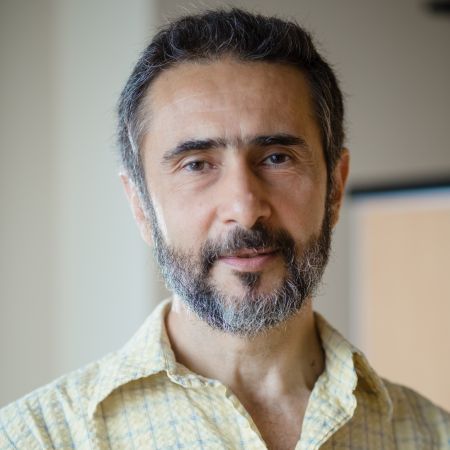Research
We are broadly interested in the mechanism of enveloped virus (HIV, influenza, Lassa fever, SARS-CoV-2) entry into cells and its restriction by host factors.
Research Interest Keywords
Virus entry into cells, virus fusion, single virus tracking in live cells, super-resolution microscopy, correlative fluorescence-cryo-electron microscopy.

